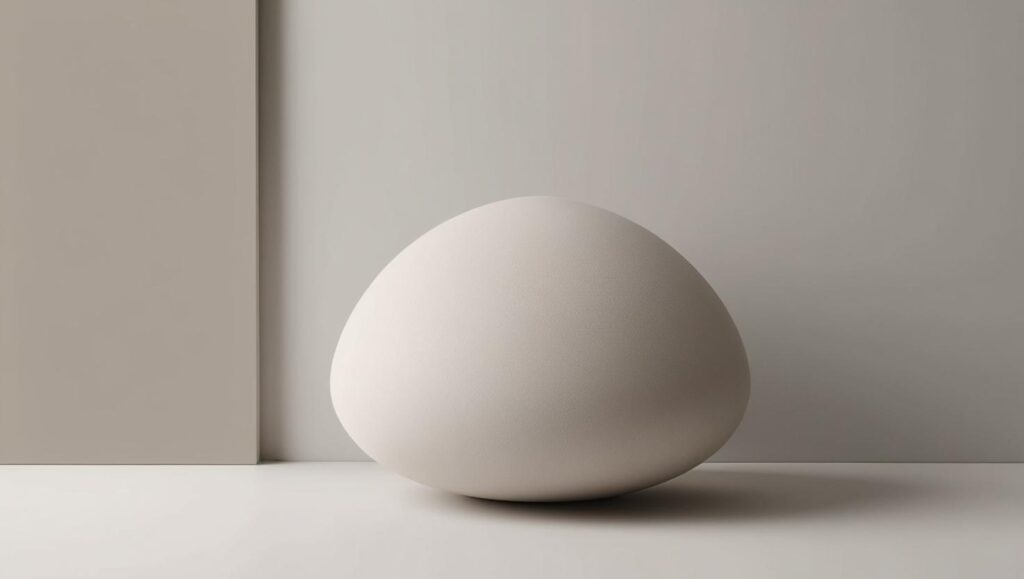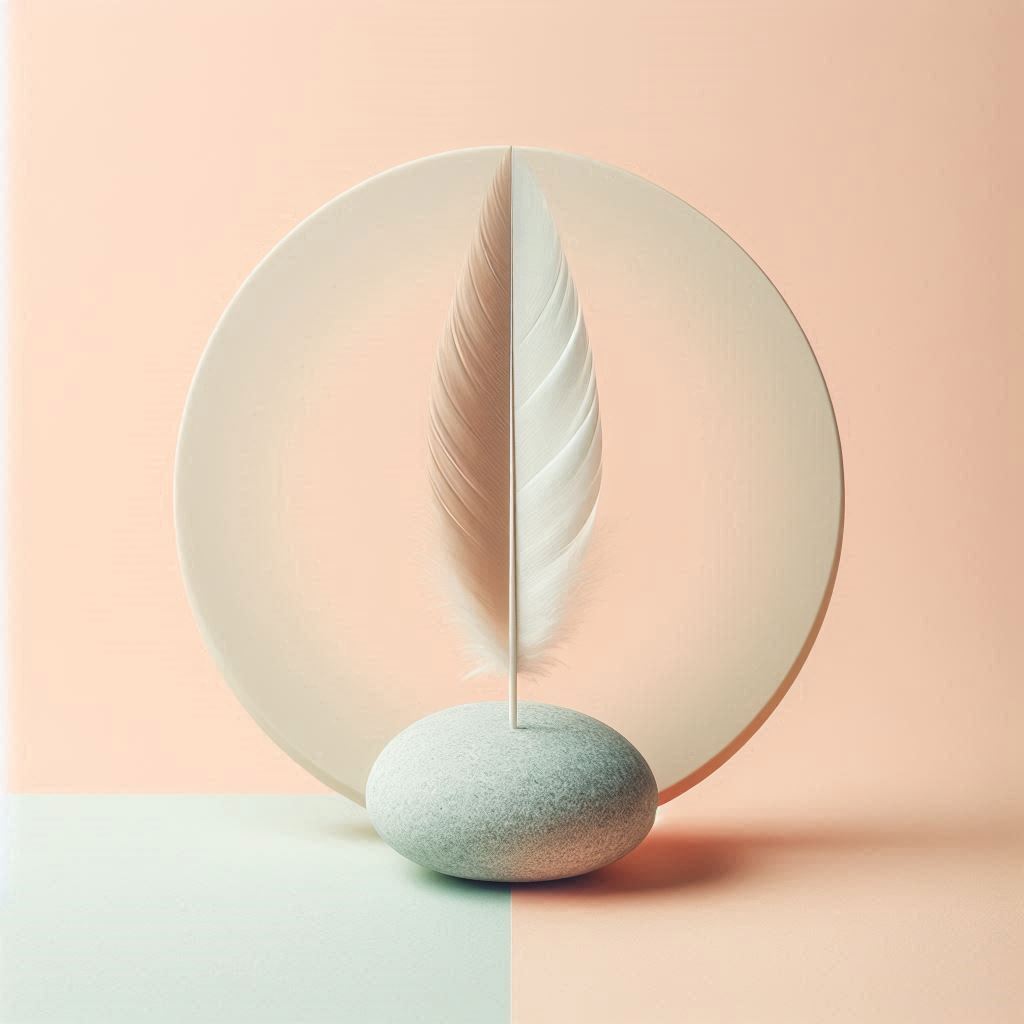- Minimalism
- Becoming a minimalist
- Minimalism often leads to feelings of happiness and peace
- Practical and peaceful approach to incorporating minimalism into your life
- Step 1: Start with Gratitude and Reflection
- Step 2: Take Small Steps
- Step 3: Create a Calm Environment
- Step 4: Mindfully Declutter
- Step 5: Simplify Daily Habits
- Step 6: Practice Letting Go
- Step 7: Focus on Joyful Experiences
- Step 8: Embrace a Flexible Mindset
- Step 9: Revisit and Adjust
- Step 10: Celebrate Simplicity
Minimalism
Minimalism is a philosophy and lifestyle centered around simplicity and intentionality. It involves focusing on what truly adds value to your life and letting go of excess or distractions. While it often starts with physical decluttering, minimalism extends to other areas of life, including how you manage your time, relationships, finances, and digital spaces.
Key Principles of Minimalism:
- Purposeful Living: Prioritizing what matters most to you and aligning your actions and possessions with your values.
- Decluttering: Reducing material possessions to what is essential and brings joy, avoiding unnecessary accumulation.
- Mindfulness: Being conscious of how you spend your time, money, and energy.
- Quality Over Quantity: Choosing fewer, higher-quality items or experiences over a large number of things or superficial engagements.
- Sustainability: Living in a way that reduces waste and promotes environmental awareness.
Benefits of Minimalism:
- Clarity: A simpler environment leads to a clearer mind.
- Freedom: Reducing reliance on material possessions decreases stress and financial burden.
- Focus: Eliminating distractions helps concentrate on meaningful goals and activities.
- Happiness: Studies suggest that experiences and relationships, rather than material goods, contribute more to lasting happiness.
Minimalism doesn’t have a one-size-fits-all approach. It is about finding what works best for you to live a more intentional and fulfilled life.
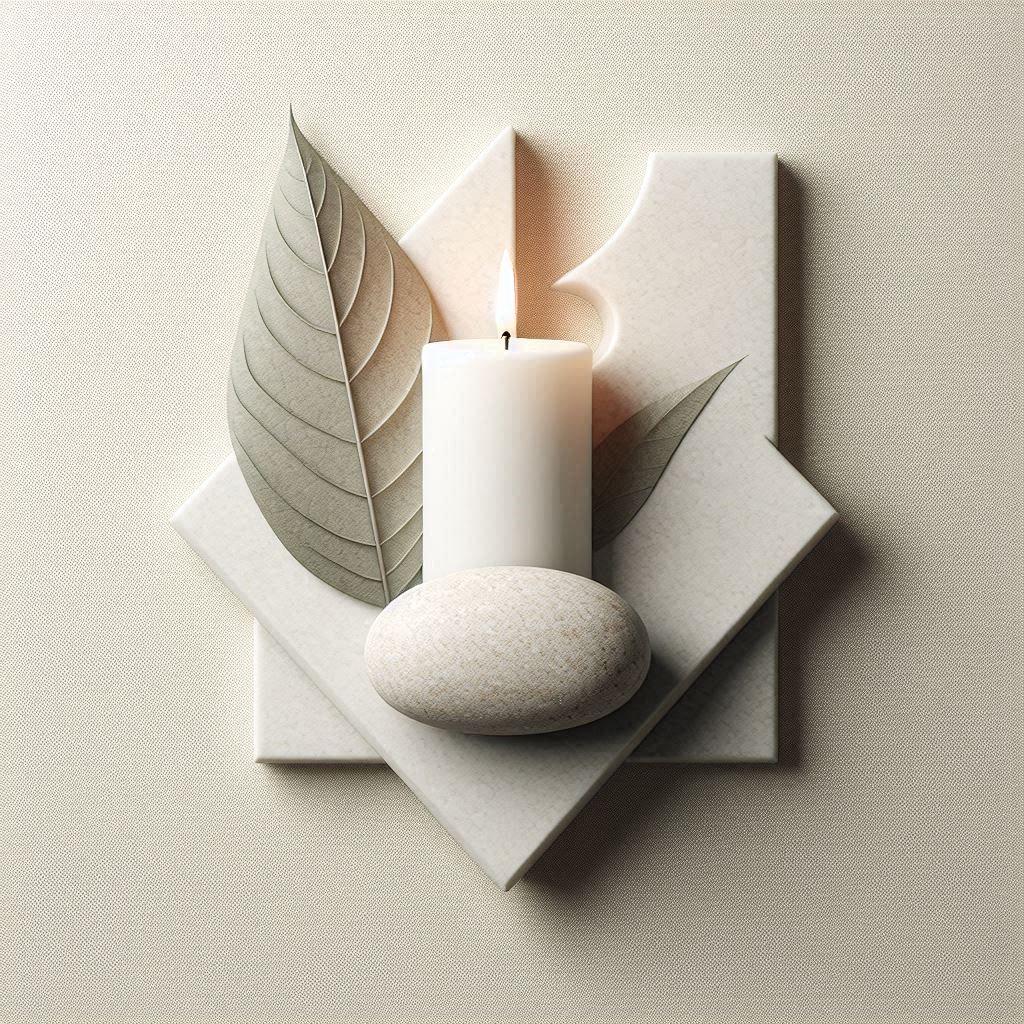
Becoming a minimalist
Becoming a minimalist involves making intentional choices to simplify your life and focus on what matters most to you. Here’s a step-by-step guide to help you get started:
1. Define Your Why
- Reflect on why you want to embrace minimalism.
- Is it to reduce stress, save money, or gain more time for relationships and hobbies?
- Write down your goals to keep your focus clear.
2. Declutter Your Space
- Start with one area at a time (e.g., a closet, a drawer, or a shelf).
- Ask yourself:
- Do I use this regularly?
- Does it bring me joy or serve a purpose?
- Donate, recycle, or sell items you no longer need.
3. Adopt a “One In, One Out” Rule
- For every new item you bring into your life, let go of an old one.
- This prevents clutter from building up again.
4. Simplify Your Wardrobe
- Create a capsule wardrobe with versatile, high-quality pieces you truly love.
- Stick to neutral colors or a personal style to reduce decision fatigue.
5. Digitize Where Possible
- Organize and back up important files and photos digitally.
- Unsubscribe from unnecessary emails, and reduce the number of apps or accounts you maintain.
6. Evaluate Your Commitments
- Assess how you spend your time.
- Politely decline activities or obligations that don’t align with your priorities.
7. Practice Mindful Consumption
- Before buying, ask:
- Do I need this?
- Does it align with my values?
- Focus on quality over quantity and prioritize experiences over material goods.
8. Declutter Your Mind
- Limit screen time and social media use.
- Practice mindfulness or meditation to reduce mental clutter.
9. Create Daily Habits
- Set routines to keep your space tidy and your mind focused.
- Regularly review your possessions and commitments.
10. Embrace Gratitude
- Focus on appreciating what you already have.
- Gratitude shifts the focus from what’s missing to what’s abundant.
Minimalism is a journey, not a destination. Start small, be patient with yourself, and enjoy the benefits of a simplified, intentional lifestyle.
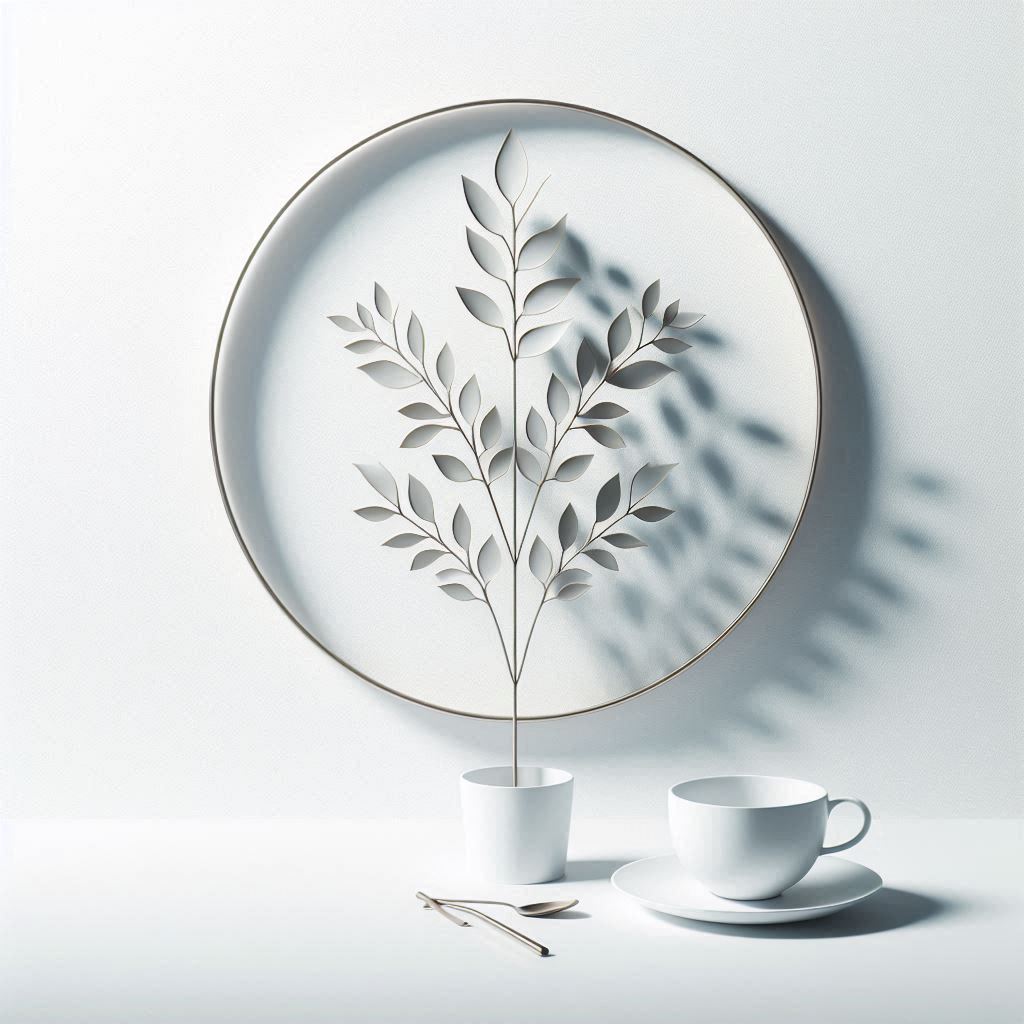
Minimalism often leads to feelings of happiness and peace
minimalism often leads to feelings of happiness and peace for many people, though the experience can vary depending on individual circumstances and how it’s practiced. Here’s why minimalism is often associated with happiness and peace:
How Minimalism Brings Happiness:
- Focus on What Matters: By eliminating distractions, minimalism helps you concentrate on relationships, hobbies, and passions that bring genuine joy.
- Financial Freedom: Spending less on unnecessary items reduces financial stress and allows you to save or invest in meaningful experiences.
- Satisfaction Over Accumulation: Minimalism encourages gratitude for what you have, reducing the constant desire for more.
How Minimalism Brings Peace:
- Decluttered Space, Decluttered Mind: A tidy, organized environment promotes a sense of calm and reduces mental overwhelm.
- Less Decision Fatigue: With fewer possessions and commitments, you make fewer decisions, leading to a more relaxed mind.
- Mindfulness: Minimalism often involves being present and intentional, which aligns with mindfulness practices that promote inner peace.
Challenges to Watch For:
While minimalism can lead to happiness and peace, it’s important to approach it thoughtfully:
- Avoid Extremes: Don’t aim for perfection; minimalism should enhance your life, not restrict it unnecessarily.
- Be Patient: The transition can take time as you adjust to living with less.
- Personalize It: Minimalism looks different for everyone—what works for others may not suit your needs.
When practiced mindfully, minimalism fosters a lifestyle where joy and contentment stem from simplicity and intentionality.
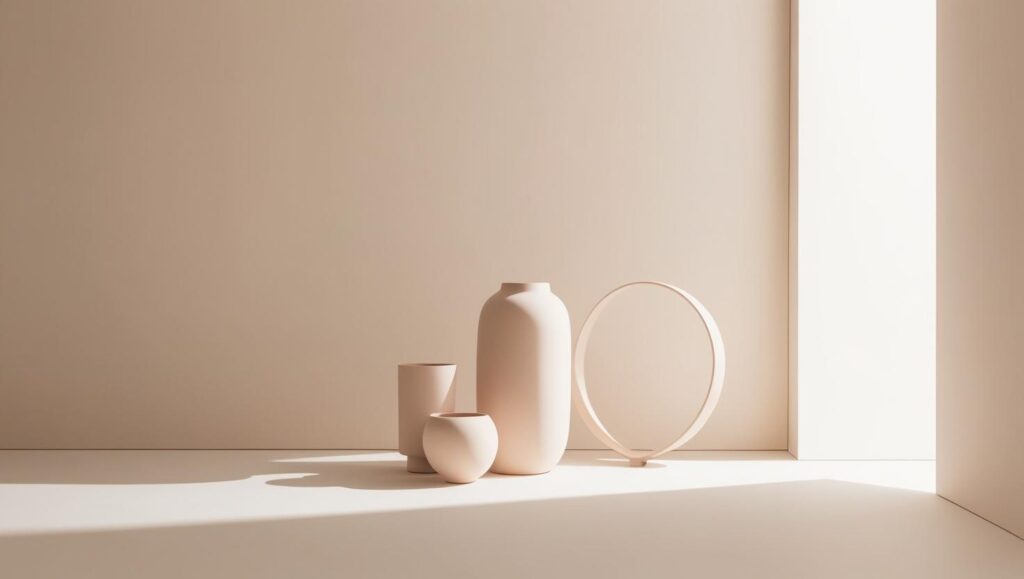
Practical and peaceful approach to incorporating minimalism into your life
Here’s a practical and peaceful approach to incorporating minimalism into your life:
Step 1: Start with Gratitude and Reflection
- Take a moment to appreciate what you already have.
- Write down what makes you happy and peaceful in life (e.g., family, hobbies, nature).
- Reflect on how simplifying your life can bring you closer to those priorities.
Step 2: Take Small Steps
- Avoid overwhelming yourself by tackling everything at once.
- Begin with a small area or category, such as your nightstand, wallet, or a single shelf.
- Gradual progress builds momentum without adding stress.
Step 3: Create a Calm Environment
- Focus on spaces where you spend the most time, like your bedroom or workspace.
- Remove items that feel chaotic or unnecessary.
- Incorporate soothing elements like plants, soft lighting, or calming colors.
Step 4: Mindfully Declutter
- Set Clear Criteria:
- Keep items you love, use regularly, or that add meaningful value.
- Use the “Three Box Method”:
- Label three boxes: Keep, Donate/Sell, and Discard.
- Make decisions quickly and avoid second-guessing yourself.
- Celebrate Progress:
- Each cleared space is a step closer to peace. Take time to enjoy it.
Step 5: Simplify Daily Habits
- Morning Routine: Start with a few essential activities, like stretching, journaling, or enjoying a quiet cup of tea.
- Digital Minimalism: Organize your devices, delete unused apps, and limit notifications.
- Mindful Spending: Pause before purchases to ask, “Does this align with my values?”
Step 6: Practice Letting Go
- Release guilt tied to letting go of items (e.g., gifts or sentimental objects).
- Recognize that memories and love aren’t tied to possessions.
- Donate items to those who might benefit from them, turning the act of decluttering into a way of giving.
Step 7: Focus on Joyful Experiences
- Replace material pursuits with meaningful activities like:
- Walking in nature.
- Spending quality time with loved ones.
- Exploring hobbies that energize you.
Step 8: Embrace a Flexible Mindset
- Remember, minimalism is a tool, not a rigid rule.
- Adapt it to suit your lifestyle. For example:
- If you love books, keep a curated collection that brings joy.
- If cooking is your passion, invest in tools you truly love using.
Step 9: Revisit and Adjust
- Periodically review your spaces, habits, and goals to ensure they align with your evolving priorities.
- Minimalism is a journey, so allow yourself to grow and refine over time.
Step 10: Celebrate Simplicity
- Find joy in the newfound peace of a decluttered life.
- Practice mindfulness by being present in each moment, appreciating the simplicity you’ve created.
